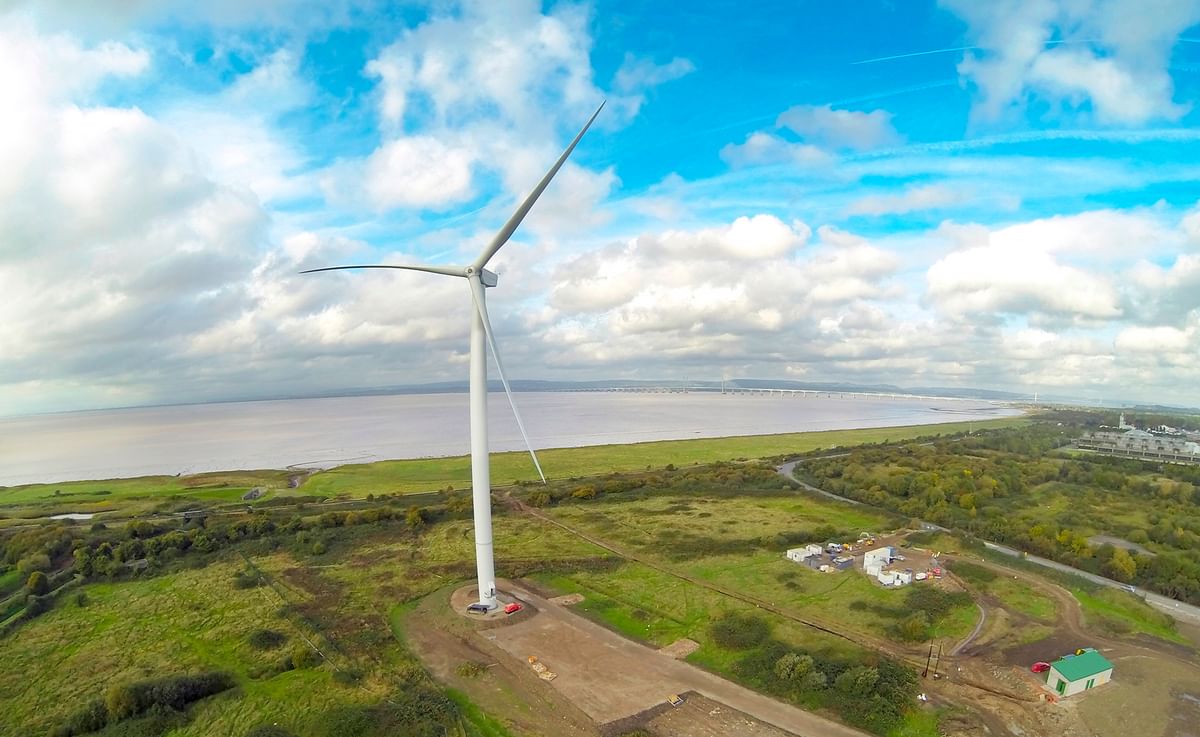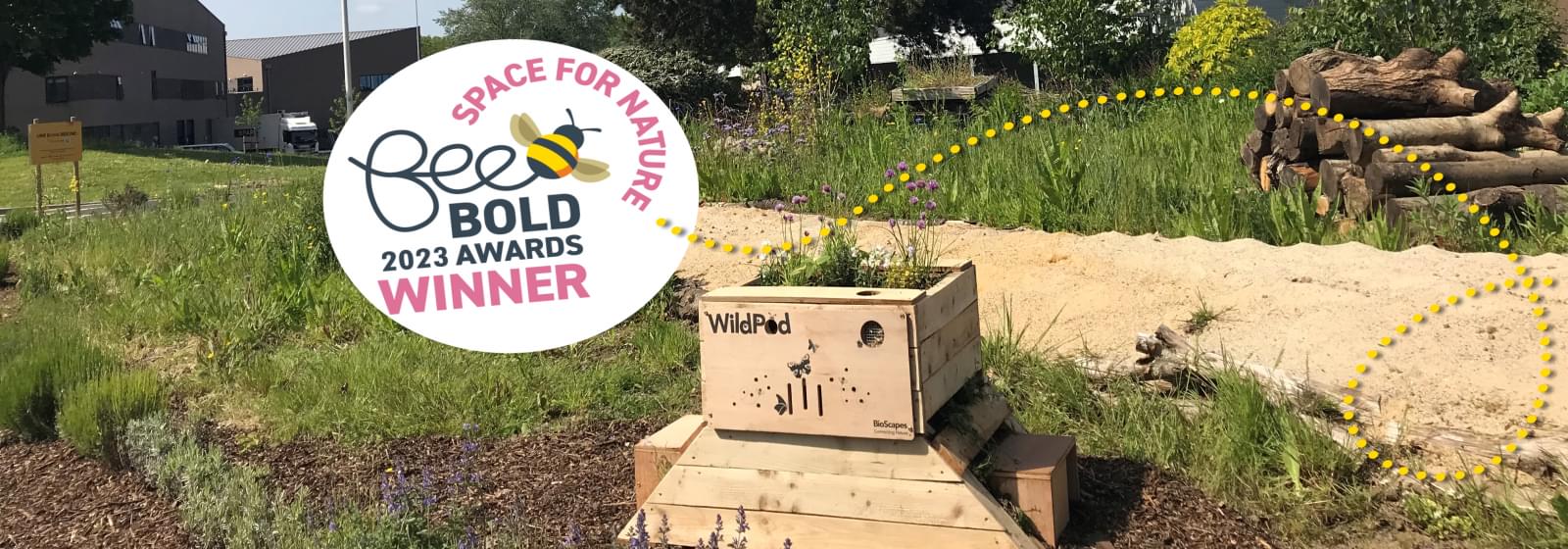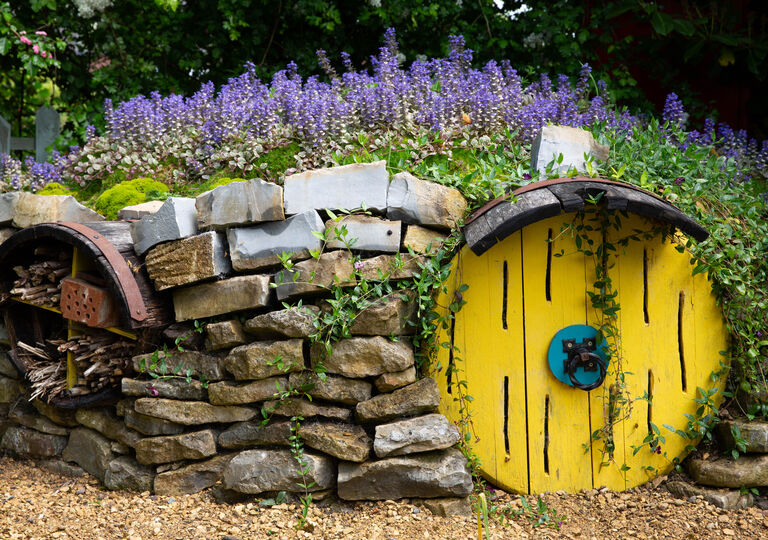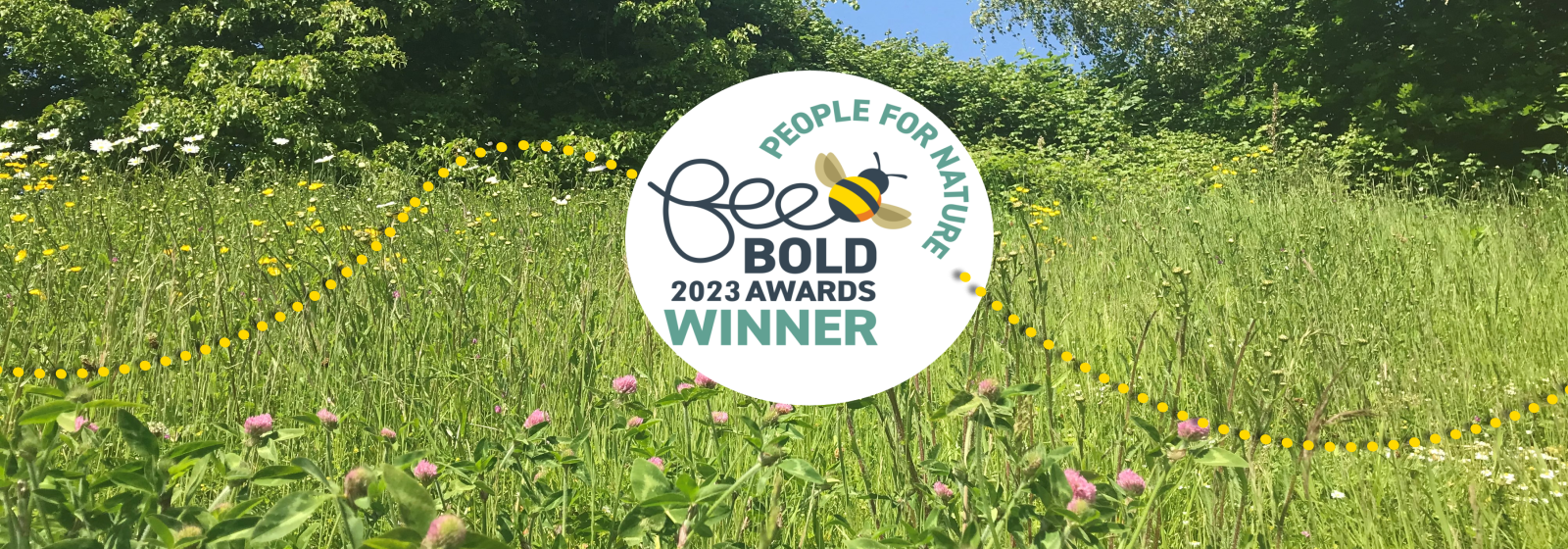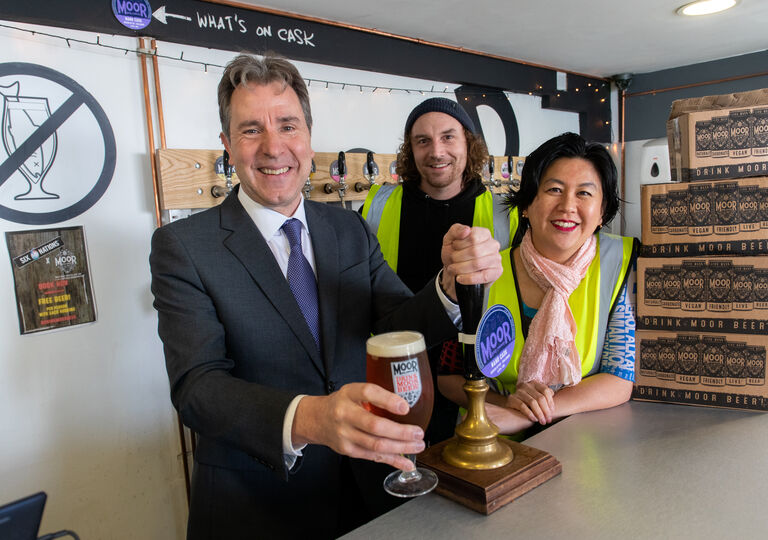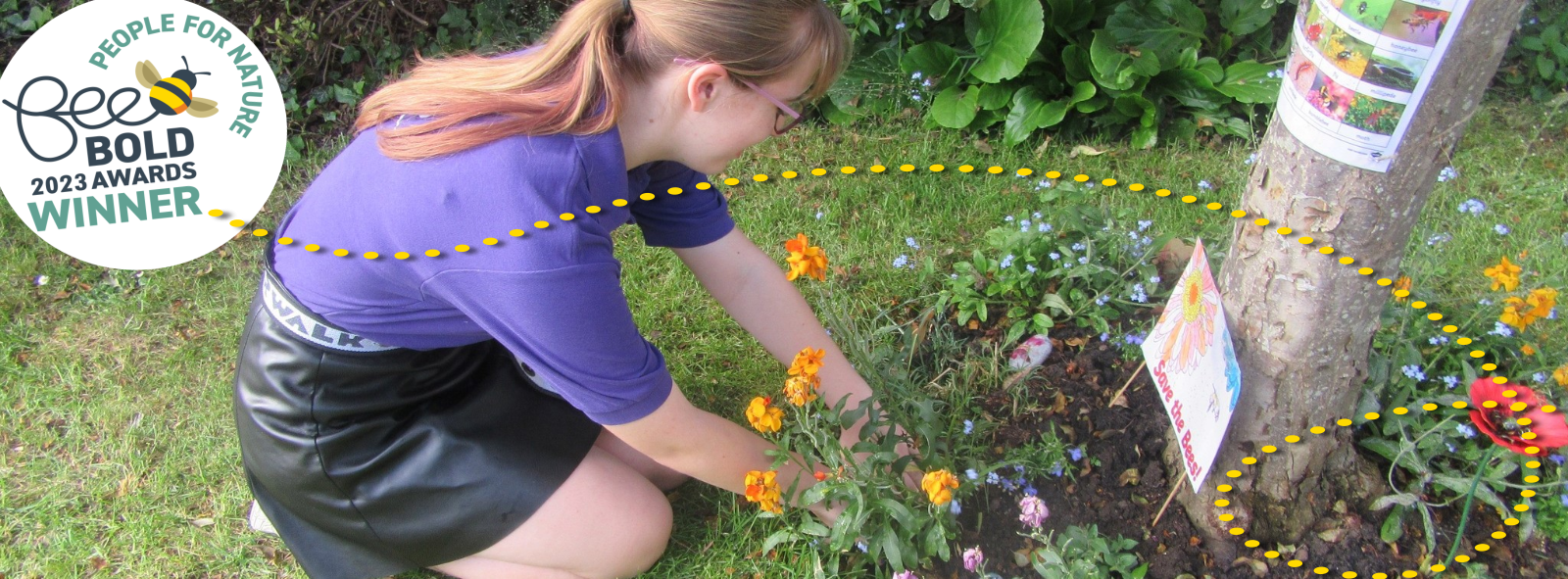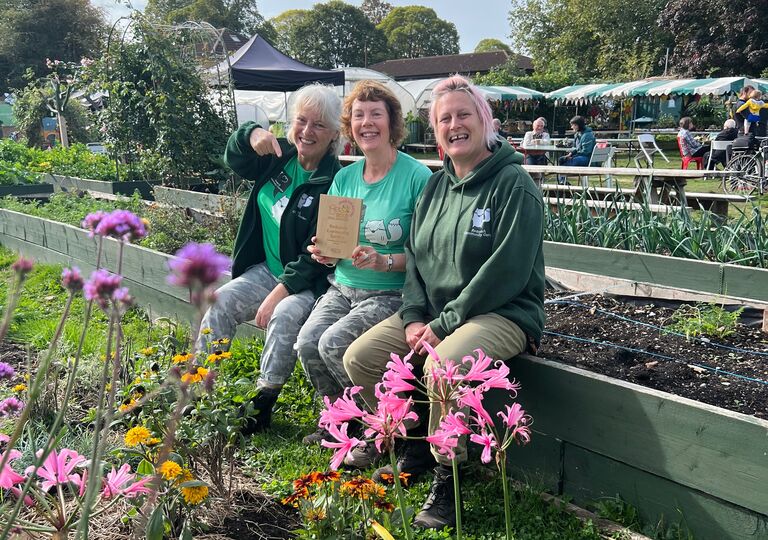GENeco – creating space for bees and pollinators

Tucked around the back of Bristol’s Sewage Treatment Works, GENeco has created a haven for people and wildlife.
What GENeco did
GENeco converts 700,000 tonnes of organic waste into green energy, biofertilizers and low emission vehicle fuels each year. Recently, their staff led a scheme to convert an underused area of land behind their composting facility into a Wellbeing Area for wildlife and people. The team was inspired by a similar, award-winning scheme at the University of Bristol’s Royal Fort Garden.
Martin Skrivens, Lead Composting Operator at GENeco masterminded the project. He developed a pond for ducks and fishing, alongside picnic tables and walkways planted with pollinator-friendly species like buddleia, marigolds and fruit trees. Unmown areas including a wildflower meadow encourage greater diversity and provide a nectar source for pollinators.
GENeco has also created insect hotels, bird boxes and bird feeders using reclaimed material from site where possible to provide much-needed shelter.
The impact for GENeco
GENeco recognises the importance of feeling happy and healthy at work. This space is one of many initiatives including a wellbeing committee and mental health first aiders introduced to support their people.
GENeco shares regular updates about the project with their customers and the public on social media and through site visits as part of their educational programme Ignite which aims to teach people about sustainability and recycling.
Jenny Harrison, Waste and Resources said: “watching school children come out of their shell when they visit the wellbeing area is a joy”.
Through the project GENeco has worked with Avon Wildlife Trust and Bee The Change and is keen to develop more new partnerships.
The impact for pollinators
Jenny Harrison said: “we’ve tracked how the area has changed using photos and have taken part in counts as part of the UK Pollinator Monitoring scheme. The team have captured photos of many incoming visitors including damsel flies, multiple species of moths, butterflies and bees, ladybirds, bats, herons, cormorants, reed bunting, breeding coots and ducklings”.
GENeco plans to continue improving the area and even replicate it across more of their sites. Jenny said: “if we can spread the word and help other people maximise their space that would be the best legacy for me”.
Find out more
The West of England Combined Authority have brought together Pollinator Resources for information on how your organisation can support bees and pollinators.


